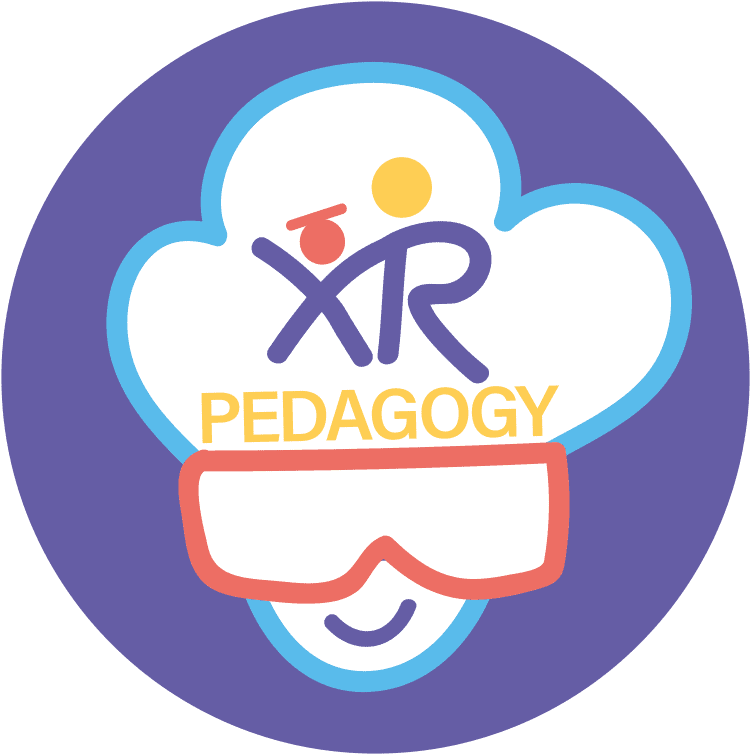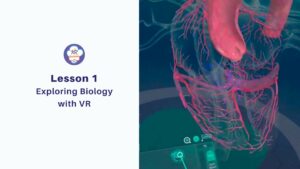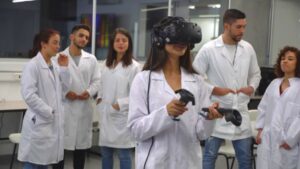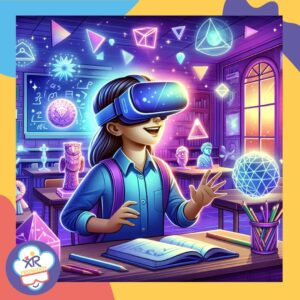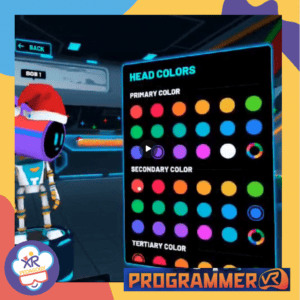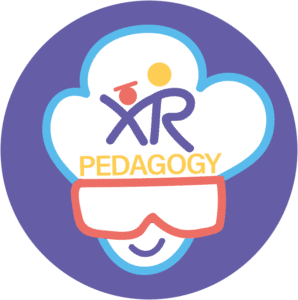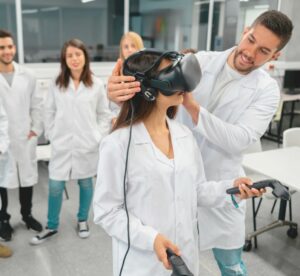Biology is the science of life, and life is best understood through experience. Yet many traditional classrooms rely on static diagrams, abstract models, or limited lab access to teach one of the most dynamic subjects in science.
Virtual Reality (VR) changes everything in Biology.
In this article we explore how immersive technologies can bring biology to life—literally. From walking through the human body to observing biodiversity in a rainforest, VR offers a multisensory, deeply engaging approach to biology education.

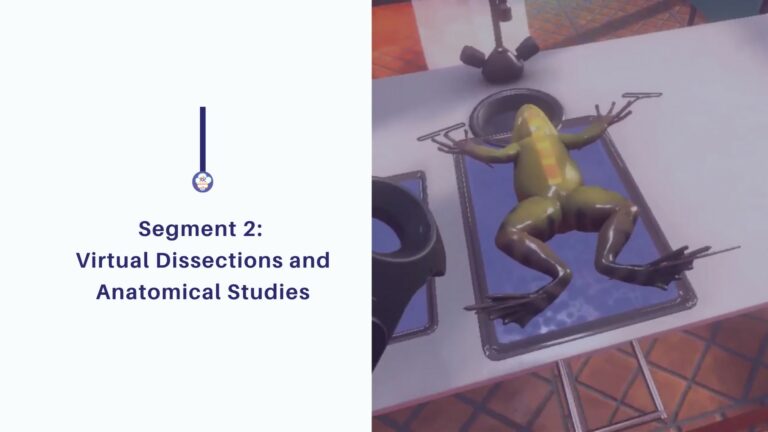

🧠 10 Ways VR Enhances Biology Education
- Explore Cells & Molecules
Students step into a 3D world of DNA, organelles, and proteins, watching transcription and enzymatic reactions unfold. - Simulate Anatomy & Physiology
With real-time visualizations of circulation or neural signals, students explore the human body layer by layer. - Study Ecosystems in Action
From coral reefs to rainforests, VR enables learners to witness firsthand species interactions, food chains, and the effects of climate change. - Experience Evolution
Time-travel through major evolutionary milestones and test natural selection in dynamic, simulated environments. - Visualize Microbiology & Immunology
Observe virus infections, immune responses, and the power of vaccines at a cellular scale. - Practice Genetic Engineering
Simulate CRISPR edits or gene therapy in virtual labs, giving students safe, hands-on access to biotech tools. - Understand Biochemistry & Metabolism
See how energy flows through cells in real-time, visualizing glycolysis, photosynthesis, and enzymatic reactions. - Observe Animal Behavior
Follow predators, watch mating rituals, or track seasonal adaptations—all within virtual ecosystems. - Simulate Lab Techniques
Train in microscopy, PCR, or gel electrophoresis with no risk or equipment costs. - Make Interdisciplinary Links
Connect biology to chemistry and physics by exploring the forces behind blood flow, nerve impulses, or enzyme reactions.
🧪 The Best VR Tools for Biology Teachers
Our module features several standout tools that bring these ideas to life:
- Awake Heart: Explore human anatomy through a dynamic 3D heart model.
- Human Anatomy Puzzle: Learn body systems by assembling bones and organs.
- 3D Organon XR: A complete virtual cadaver lab for deep anatomy studies.
- Dissection Simulator (Frog Edition): Ethical, repeatable animal dissection practice.
- Ocean Rift: Immerse yourself in the world of marine ecosystems and biodiversity.
- Google Earth VR & Nature Treks VR: Conduct simulated fieldwork and ecological studies.
- Out of Scale: A gamified biology journey through microscopic worlds.
🎮 Gamify, Combine, and Design with VR
VR is more than just visuals—it’s a tool for active learning. In this module, you’ll also learn how to:
- Create gamified lessons using VR quests, puzzles, and interactive challenges
- Combine virtual and physical labs to build hybrid biology experiences
- Use fieldwork simulations to teach population dynamics and conservation
- Design lessons that spark curiosity, scientific thinking, and problem-solving
🚀 Want to Go Further?
This module is part of our full training program: VR STEM Mastery: Enhancing Science Teaching with Virtual Reality.
Module 5 focuses on biology education, offering ready-to-use lesson ideas, platform demos, gamified strategies, and hybrid learning frameworks.
👉 Explore the full course here
